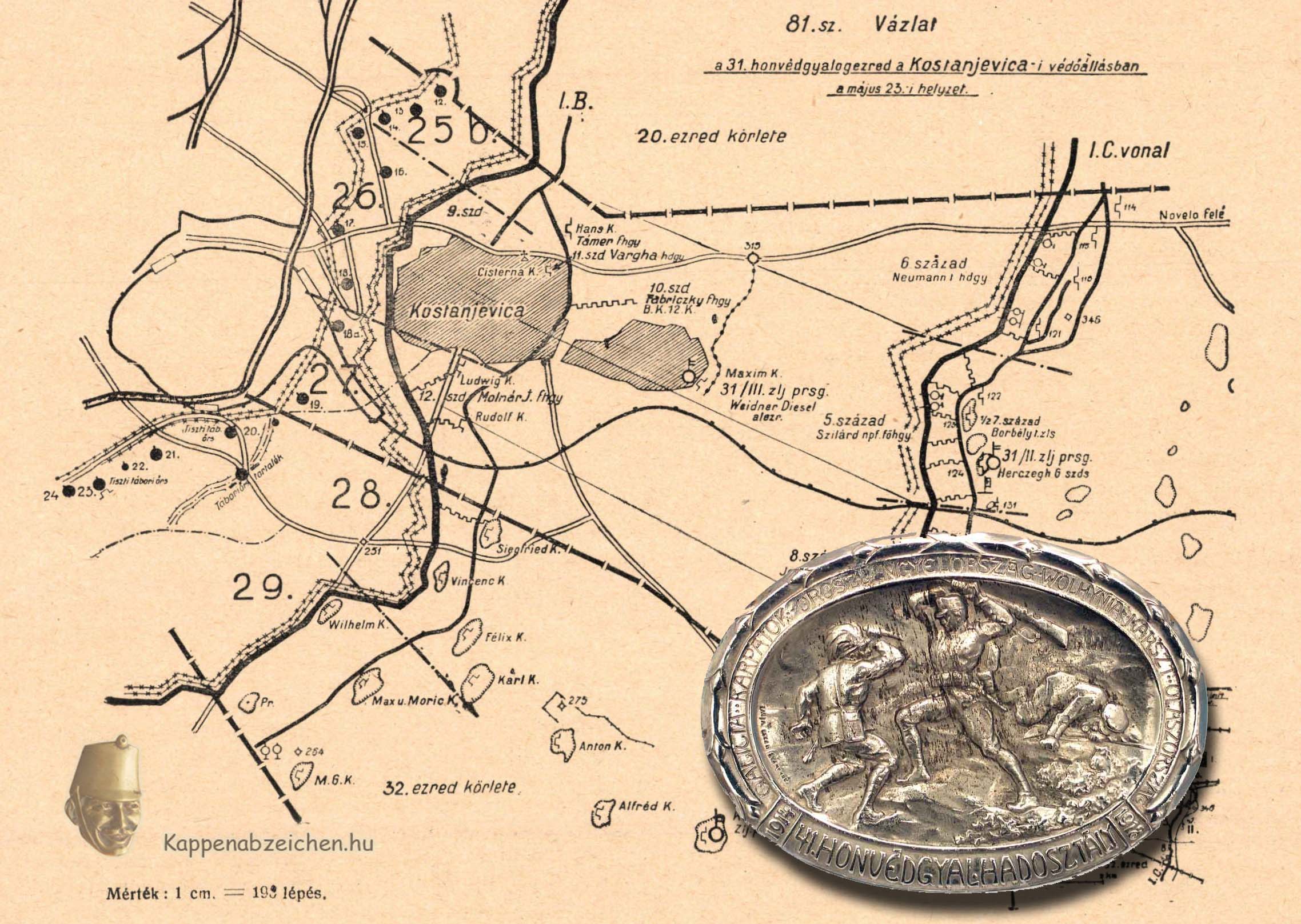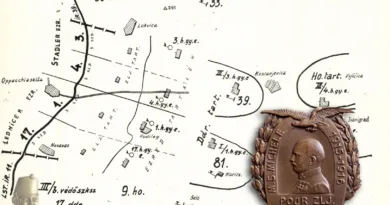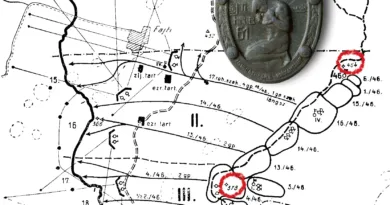June, 1917: Kostanjevica
Two years after the opening of the Italian front, the attackers who entered the territory of the Monarchy were able to occupy an approximately 20-kilometer deep strip along the lower course of the Isonzo river. This area included the city of Görz and the hilly area south of it, the western edge of the Karst Plateau. In the summer of 1917, in the 10th Battle of Isonzó, the Italians tried again on the Karst. On May 23, they launched an attack in the central part of the front section, in the area of the village of Kostanjevica.
Due to the dust rising as a result of the artillery preparations and the smoke from the burning warehouses, the observers of the 31st infantry regiment defending in the area of the village were not able to signal the Italian infantry attack that was about to begin. The enemy occupied the village. What was even worse, as a result of their thorough reconnaissance, they knew exactly the location of the shelters and caverns located on the eastern edge of the settlement. Reaching the eastern side of the village, they searched for the caverns of the infantry companies without delay. The soldiers still hiding in cover were captured. The attackers advanced until the combat position of the III/31 battalion command and then the 1C defense line, which can also be seen on the map sketch.
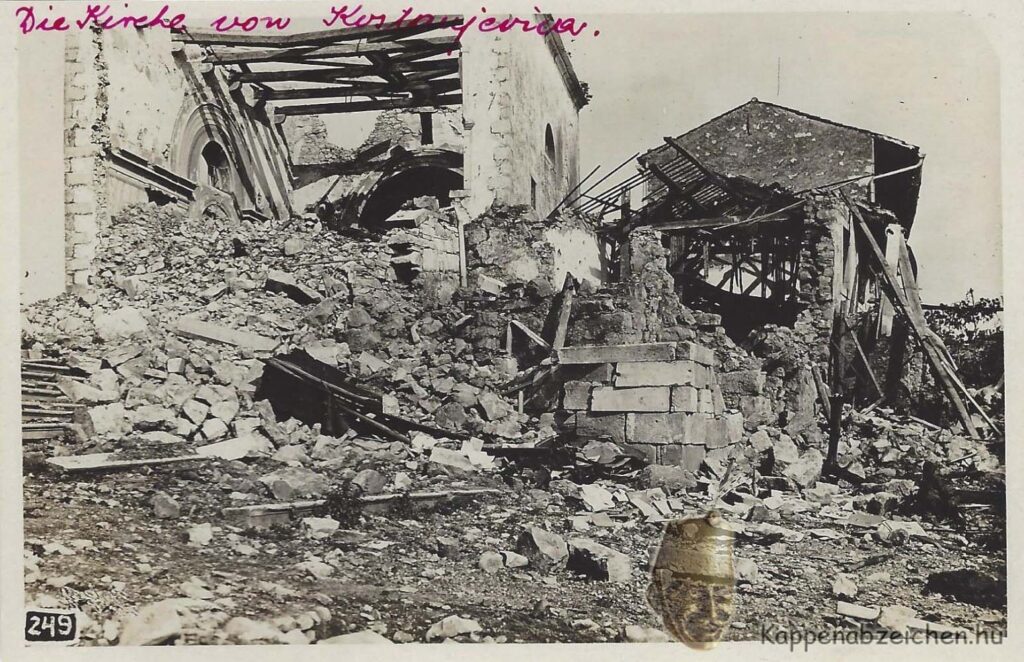
By this time, the observers of the 20th and 32nd infantry regiments joining the village from the north and south had already noticed the trouble. They carried out counterattacks with formations formed together with the 31st honveds retreating from the village. These were particularly effective from the south. The Italian soldiers setting up their positions in the village were surprised by the counterattack. The honveds who were still held there were freed. By the end of the day, the entire village was recaptured by the troops of the 41st division, supplemented also by the units of the northern neighbor, the 20th honved infantry regiment.
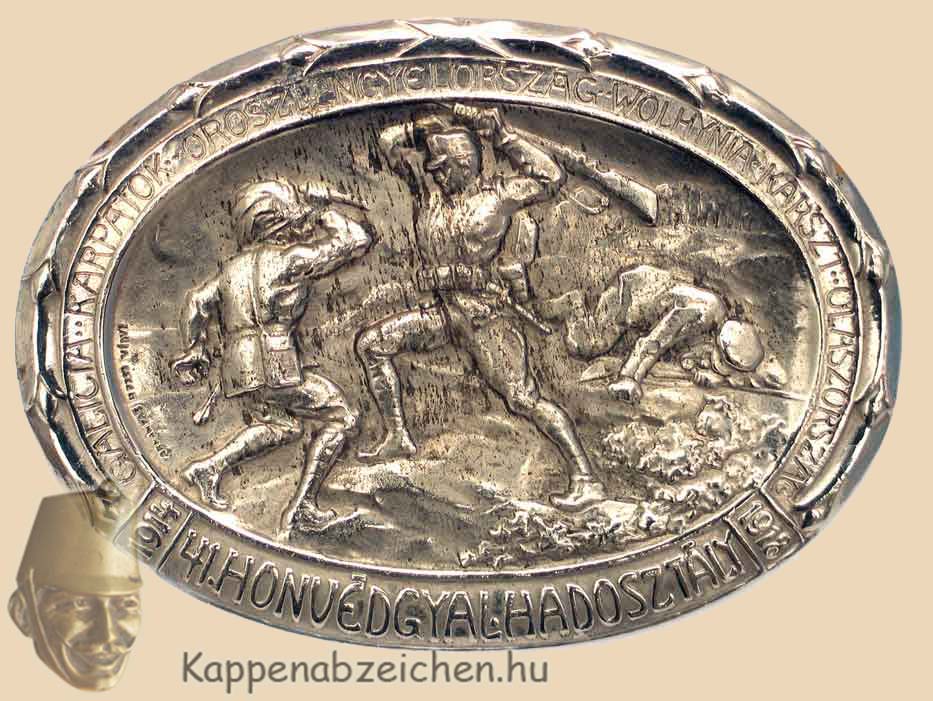
The defense of Kostanjevica is mainly attributed to the 31st infantry regiment. Yet, the two neighboring regiments also participated in the counterattack. Thus, it is justified to attach a picture of the insignia of the 41st Division to the post about the significant day. Actions in the area lasted until June.

